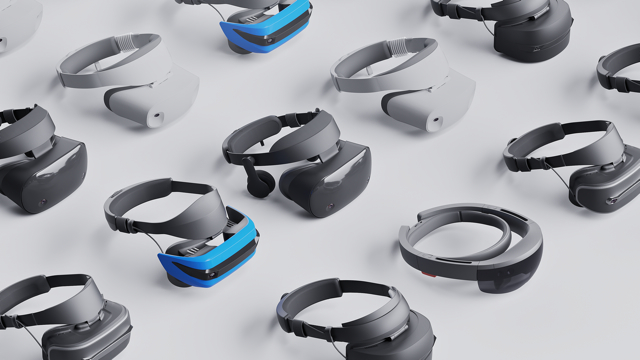The business uses of virtual reality (VR), augmented reality (AR) and mixed reality (MR) have so far been impressive. Now, a survey conducted by Microsoft with Harvard Business Review Analytic Services, found that 68 percent of 394 executives said MR is important to achieving their companies’ goals in the next 18 months. Those surveyed worked in companies employing over 250 people, in a wide range of industries including engineering, construction, manufacturing, retail, defense and education.
VRFocus reports that the survey found that 49 percent of those surveyed said their companies “are piloting or implementing the technology in their workplace, while 38 percent are exploring possible use cases.”
“From virtual reality simulations to augmented reality and data in the context of the real world, mixed reality has already begun to change the way we work, learn, and communicate,” said Microsoft mixed reality general manager Lorraine Bardeen, in an introduction to the report. “Whether in remote assistance, space planning, training, teamwork, or IoT-based spatial analytics, mixed reality has enormous potential to help businesses and their employees work smarter, faster, and better.”
Among the use cases is the car manufacturing industry, which uses immersive technology “to design new cars far faster than traditional methods or to use it as a means of promoting new products.”
“In countries where there are not a lot of high-end dealerships, a salesperson could bring the mixed reality technology to a prospective buyer’s home and let him ‘see’ what the automobile would look like in his driveway,” said Deloitte Consulting managing director Allan Cook. “Based on that, they could decide it might make sense to bring an actual automobile to the buyer, or have him make a trip to the showroom.”
Mixed reality is most useful in training and education, as well as visualizing and analyzing data, “with 54 percent of respondents identifying with the use case” for the former, and 49 percent for the latter.
The report looked at the factor of cost effectiveness in using MR, noting that, “Cook analyzed a stack of mixed reality use cases for the field services unit of a large telecommunications firm and determined that spending $10 million on mixed reality technology would likely result in $50 million to $90 million in costs avoided,” with “potential paybacks” including saving on sending out fewer repair trucks.


No Comments Yet
You can be the first to comment!
Sorry, comments for this entry are closed at this time.